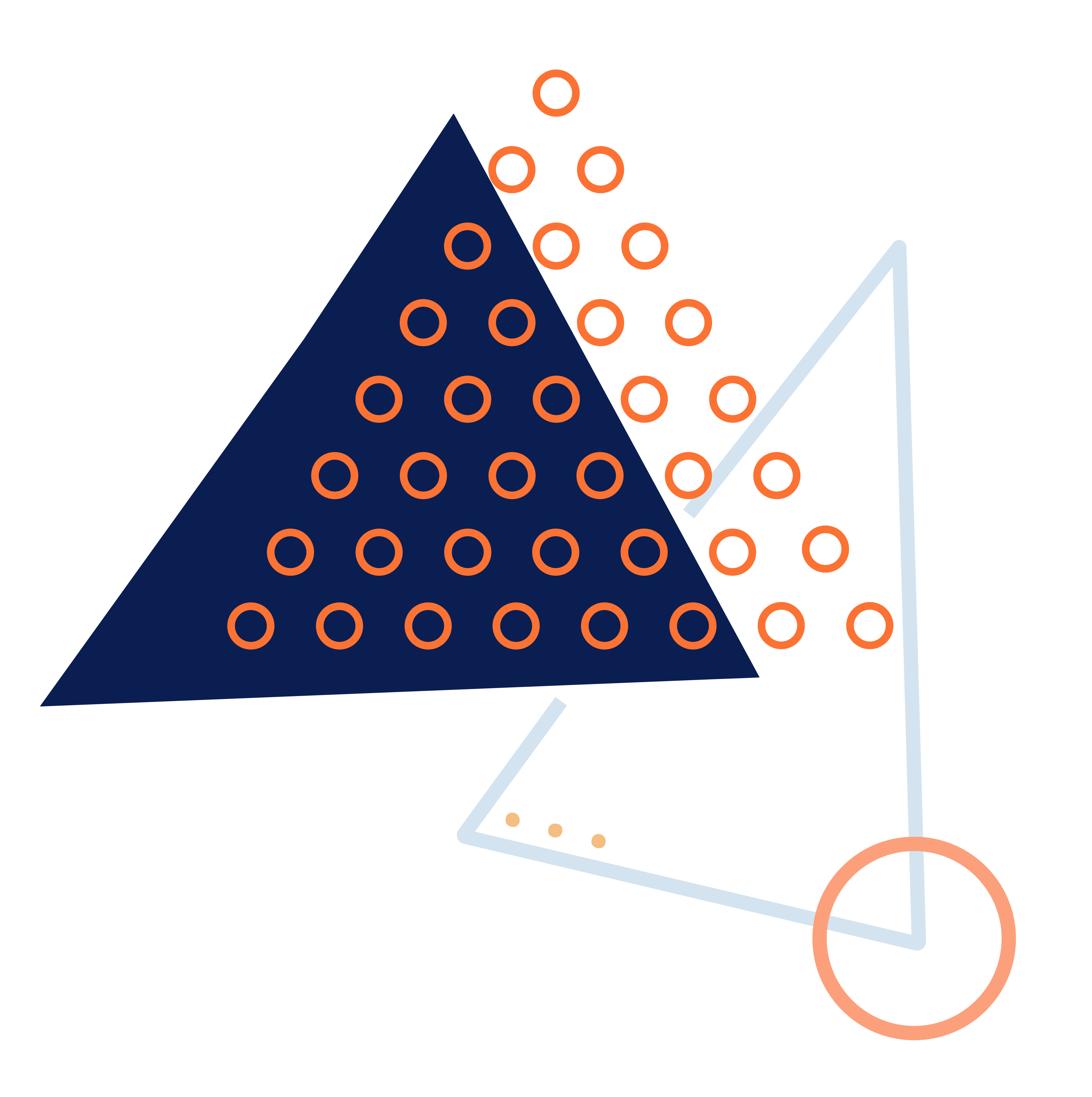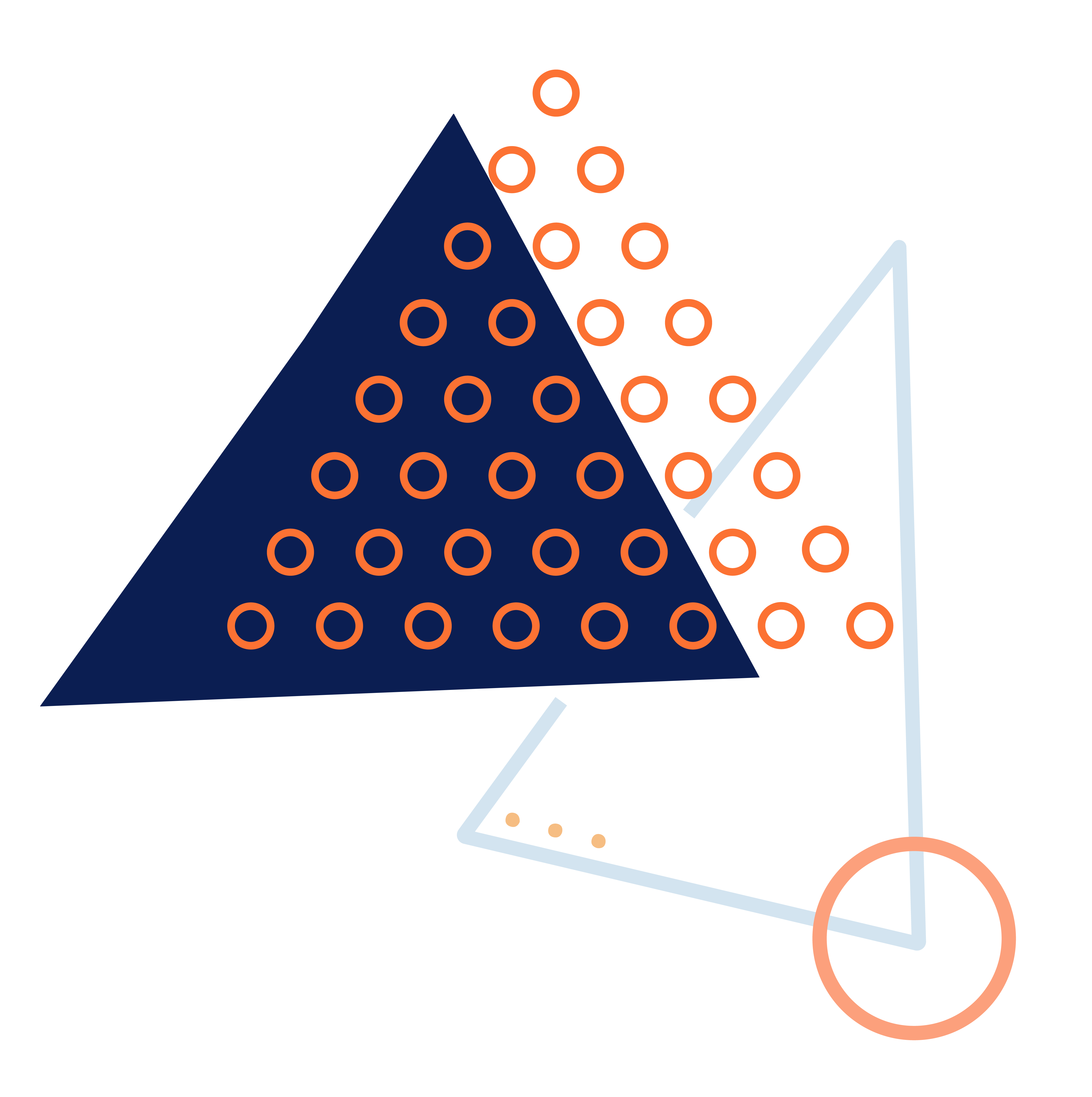

OGIP blog 12th December 2020
Digital Tools and Initiatives as Solutions to Protect and Empower Women and Girls
Hannah Edwards
The digital gender divide refers to the disparity in access, resources and capability that women and girls face when it comes to technology,(1) and this gap appears to be widening.(2) On the whole, the digital gender divide reflects and is a product of wider social inequalities.(3) For example, the digital gender divide is prevalent in conflict and post-conflict societies, where inequality is often widespread and there is pervasiveness of harmful gender norms and practices, such as gender-based violence.(4) Technology is becoming an increasingly prevalent tool to help people in conflict zones and post-conflict societies, including to address the particular issues that women face, such as sexual harassment through the HarassMap tool in Egypt. As a result of this, it is even more critical that women and girls are able to overcome the digital gender divide to be involved in the decision-making about the creation and design of digital tools that are created to keep them safe. This is to ensure that the solutions being designed to combat issues that women face are sustainable and fit the women’s existing skills, knowledge and resources, which is essential if we want women to adopt this technology and for it to be effective. To highlight the benefits and complexities of digital tools for women in conflict and post-conflict zones, this article will follow three examples: social media in Sudan; blockchain cash distribution in Jordan; and online sexual harassment prevention in Egypt.
As of this year, 59% of the global population are active internet users(5) and much of the world is becoming more literate and experienced in digital technology.(6) Increasingly, governments, civil society organisations and other international actors are trying to harness technology to prevent conflict.(7) In conflict and post-conflict societies where women and girls suffer disproportionately, it is essential that we leverage digital tools and make the commitment to invest in technology to protect and empower them and recognise the need for tailored solutions for women and girls. Leveraging digital tools and initiatives in conflict and post-conflict societies has the double benefit of providing forms of protection, as well as elevating the voices of women and girls.(8) Overcoming the gender divide by empowering women and girls to use technology will help to decrease the dependency on others for protection, including patriarchal institutions who do not understand the context or lives of the women they are trying to protect.
It is important to remember that digital solutions are not appropriate in all situations. The existing digital gender divide means that women do not always have the resources to enable high-tech solutions and using technology, such as social media, can sometimes put women in further danger. This makes having user involvement in the creation of the product even more critical if we are to embrace technological solutions to empower women and work towards eradicating the digital gender divide.
There is a strong drive to use technology and digital initiatives in peacebuilding efforts. For example, there is research taking place at the University of Edinburgh – referred to as ‘Peace Tech’(9) - which has set out to help create “new digital platforms for citizens to engage with peace-building processes aimed at ending violent conflict”. It is critical that a gendered lens is applied to these new digital peacebuilding approaches to ensure that women living in conflict zones do not get left behind. COVID-19, and the increase of digital and online working, has helped to fast track the involvement of women in online consultations for Peace Tech to bring about sustainable solutions.(10) This project and the consultations are still in the early stages, but the emphasis on bringing in women’s voices highlights the importance of involving women in all stages of the process and not just viewing them as recipients of digital tools in conflict zones. There are a wide range of examples of technologies that are striving to help women in conflict zones, which highlights the potential of technology to solve an array of different issues that often have not been thought of from the perspective of women and girls. Whilst the use of digital tools is gaining momentum in peacebuilding efforts, there is still a lot of work to be done to ensure that these solutions protect and empower women.
One of the most prevalent digital tools, which will be discussed in detail below, is social media. These different online platforms help to provide those living in conflict zones with a sense of community and shared ownership, as well as acting as organising tools.
Despite the many positives that digitisation brings, across the world women and girls face serious online harassment and abuse through digital tools, in particular social media platforms. This level of harassment increases when they are members of other minority and oppressed groups.(11) This demonstrates that whilst social media can be a digital tool that connects and empowers women living in conflict zones, it can also put them at further risk of abuse and harassment. The risk of online harassment and abuse helps to feed the digital gender divide, by keeping women and girls out of online spaces and not giving them equal access to participation.Below is a summary of three examples of digital tools and initiatives that have helped women and girls living in conflict zones.
Social Media in Sudan
In 2019, protests took place in Sudan that deposed President Omar al-Bashir. These protests were largely defined by women’s involvement, highlighted by the iconic image of Sudan’s ‘Nubian Queen’ Alaa Salah.(12) This image depicts Salah on top of a car raising a finger towards the sky and captures “how brave she is to have assumed centre stage”.(13) In spite of this depiction of female empowerment, many women, particularly those living in rural areas, were unable to join the protests in person due to fears of violence. Instead, many women turned to technology to stay involved. Communication tools, such as WhatsApp, and social media platforms, such as Instagram and Facebook, were used to help women connect and organise virtually.(14) This gave local women the ability to support the movement. Facebook groups evolved that allowed women to share the abuse that they faced during the protests and to raise funds for the movement. One Facebook group, which was originally set up to identify unfaithful husbands, used its 340,000 members to identify undercover intelligence agents based on photographs from the protests and warn women to stay away from them.(15) In many other parts of the world, social media has also been a critical tool for protests and revolutions, most notably with the Arab Spring, but the situation in Sudan had a particularly gendered lens as it carved out ways for women to contribute to peace movements and regime change in a highly patriarchal society that often silences their voices.
Blockchain Cash Distribution in Jordan
COVID-19 has amplified the need for more digital tools and initiatives, particularly to ensure that the most vulnerable members of society do not become further left behind. In the Za’atari and Azraq refugee camps in Jordan, UN Women have put a technological solution in place that allows women to access their salaries, which they earn through their involvement in the cash-for-work programme at the Oases women empowerment centres in the camp. This technological solution utilises a blockchain cash-disbursement system, allowing refugee women to access cash when they would otherwise be shut off from the economic empowerment scheme due to social distancing restrictions.(16) The women are able to access their salaries through blockchain technology, which “plays a key role in enhancing women’s economic empowerment, in enabling [them] to monitor and manage their salaries”.(17)
This is a great example of where digital tools have allowed women in difficult and fragile situations to be empowered and actively participate. The digital nature of the programme has meant that women are still able to participate in the programme during the pandemic and, therefore, are not having to manage further economic stresses on top of the health crisis. One of the main benefits of this scheme is that it does not require the women to have access to high quality technology, which could ultimately alienate them, but instead they can access their salaries through iris scan machines that are in place in the World Food Programme supermarkets, which are accessible and simple to use. (18)
HarassMap in Egypt
Sexual harassment is prevalent in the lives of women, particularly those living in conflict and post-conflict zones,(19) which can prevent them from participating in peacebuilding processes. HarassMap is an initiative in Egypt that allows women to report sexual harassment that they have experienced immediately, by sending an SMS with information and location of the harassment to HarassMap. From this information, HarassMap is able to identify ‘hotspots’ of sexual harassment and they have advocated for greater security presence in these areas.(20) HarassMap has been hugely significant at protecting women, as well as changing the mindsets around victims of sexual harassment.(21) This is an example of a digital initiative that is low tech as it uses SMS, however, it does require women to own a mobile phone which is not the case in many conflict zones.(22) Therefore if this type of initiative was replicated in other locations, women would need to be consulted to ensure that this was suitable to their situation.
These examples demonstrate the diversity of technology that can protect and empower women living in conflict and post-conflict zones. They demonstrate that digital tools can range from fairly complex technological solutions, such as blockchain cash distribution, to the far more simple and accessible SMS messaging and that the most important factor is that the tools are context specific.
As the world is becoming more digital, it is important that solutions to protect and empower women and girls living in conflict zones and post-conflict societies reflect this. There are many examples where digital tools and solutions have had incredibly positive outcomes for women and with more research this will only continue to grow. The digital gender divide significantly impacts women living in conflict zones, and therefore it cannot be overlooked in peacebuilding efforts. It is essential that women and girls in conflict zones have access to relevant and context specific digital initiatives, to provide protection and safety, as well as acting as a tool to empower them and allow them to participate fully in society. It is the responsibility of all actors in the peace and security space to incorporate the use of technology into peacebuilding initiatives and to include women and girls in these solutions as much as possible.
Hannah Edwards
Hannah has a vested interest in the combination of gender equality, social justice and human rights. She has a masters in Applied International Development with a specialisation in Human Rights. She works at Plan International as a Partnerships Officer.
Non-professionally, Hannah is a big fan of reading and baking and has been enjoying the extra time that lock down has given her to do both of these things. Follow her on
Follow Hannah on Twitter: @edwardshannah23
References
(1) OECD (2018) Bridging the Digital Gender Divide: Include, Upskill, Innovation, 22.
(2) UNICEF (2017) Children in a Digital World, 48.
(3) ibid.
(4) Sahar Khamis and Eliza Campbell (27/09/2020) Info-deficiency in an infodemic: The gender digital gap, Arab women and the COVID-19 pandemic, https://www.arabmediasociety.com/info-deficiency-in-an-infodemic-the-gender-digital-gap-arab-women-and-the-covid-19-pandemic/.
(5) J. Clement (24/07/2020) Global digital population as of July 2020, https://www.statista.com/statistics/617136/digital-population-worldwide/#:~:text=How%20many%20people%20use%20the,percent%20of%20the%20global%20population.
(6) Tomi Dufva and Mikko Dufva (2019) Grasping the future of digital society, Future.
(7) Francesco Mancini (2013) New Technology and the Prevention of Violence and Conflict, UNDP, iii.
(8) OECD (2017) Gender equality and women’s empowerment in fragile and conflict-affected situations, https://www.oecd-ilibrary.org/development/gender-equality-and-women-s-empowerment-in-fragile-and-conflict-affected-situations_b75a1229-en.
(9) Political Settlements Research Programme (13/07/2020) Peacebuilding through Technology: Crafting digital platforms to facilitate peace, https://www.politicalsettlements.org/2019/07/13/peace-through-technology/.
(10) Political Settlements Research Programme (24/06/2020) Social Media, Blockchain, Big Data & Co: How do we support women mediators in peace processes in a technology-driven world?,https://www.politicalsettlements.org/2020/06/29/social-media-blockchain-big-data-co-how-do-we-support-women-mediators-in-peace-processes-in-a-technology-driven-world/.
(11) Plan International (2020) The State of the World’s Girls Report 2020: Free to be Online?, 8.
(12) The New Arab (17/09/2019) The Sudan Uprising and the critical role of social media, https://english.alaraby.co.uk/english/indepth/2019/9/17/sudans-uprising-and-the-critical-role-of-social-media.
(13) Hamza Hendawi (10/04/2019) Sudan’s ‘Nubian Queen’ protester becomes iconic image of anti-government demonstration, https://www.thenationalnews.com/world/africa/sudan-s-nubian-queen-protester-becomes-iconic-image-of-anti-government-demonstrations-1.847419.
(14) Danielle Robertson and Mena Ayazi (15/07/2019) How Women Are Using Technology to Advance Gender Equality and Peace, https://www.usip.org/publications/2019/07/how-women-are-using-technology-advance-gender-equality-and-peace.
(15) Zeinab Mohammed Salih and Tom Wilson (28/03/2019) Sudanese women take lead in protests against Bashir, https://www.ft.com/content/8e185568-4976-11e9-bbc9-6917dce3dc62.
(16) UN Women (28/04/2020) Using technology to assist vulnerable Syrian refugees during COVID-19 lockdown,https://www.unwomen.org/en/news/stories/2020/4/feature-technology-to-assist-refugees-during-covid-19-lockdown.
(17) UN Women (12/03/2020) Empowering women through innovation and technology,https://jordan.unwomen.org/en/news/stories/2020/march/empowering-women-through-innovation-and-technology.
(18) ibid.
(19) UN Women (05/2017) Facts and figures: Humanitarian action, https://www.unwomen.org/en/what-we-do/humanitarian-action/facts-and-figures.
(20) Anne Kahl and Helena Puig Larrauri (2013) Technology for Peacebuilding, Stability: International Journal of Security & Development, 2(3), 10.
(21) HarassMap (2020) Reporting, https://harassmap.org/en/reporting.
(22) GSMA (2019) Connected Women: The Mobile Gender Gap Report 2019, 3.







